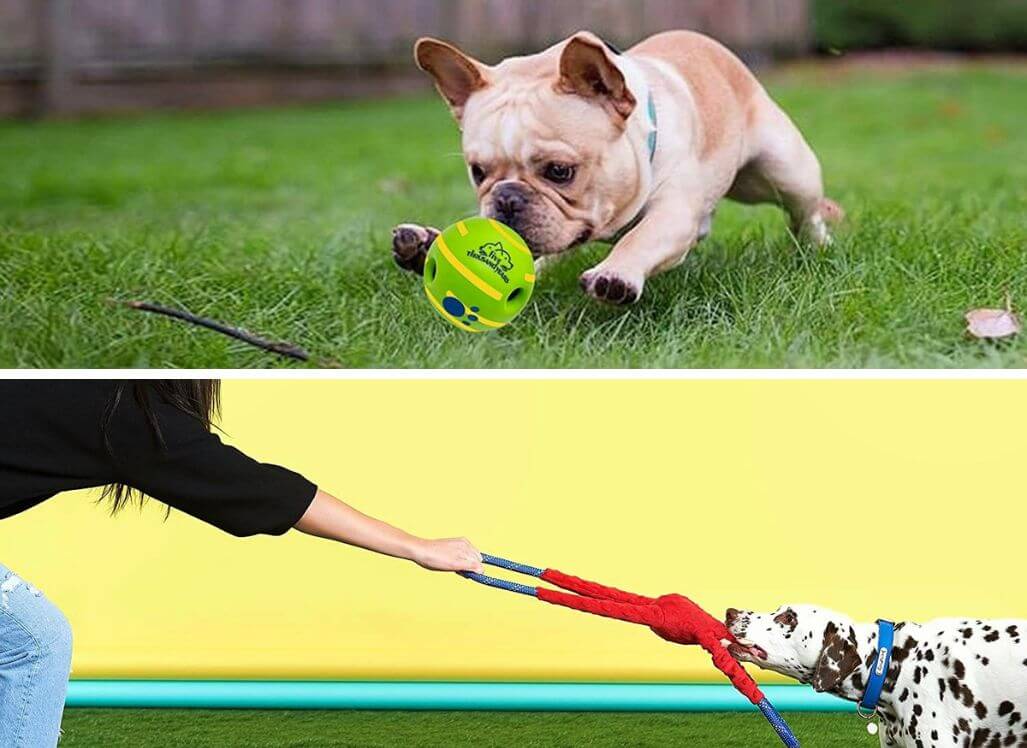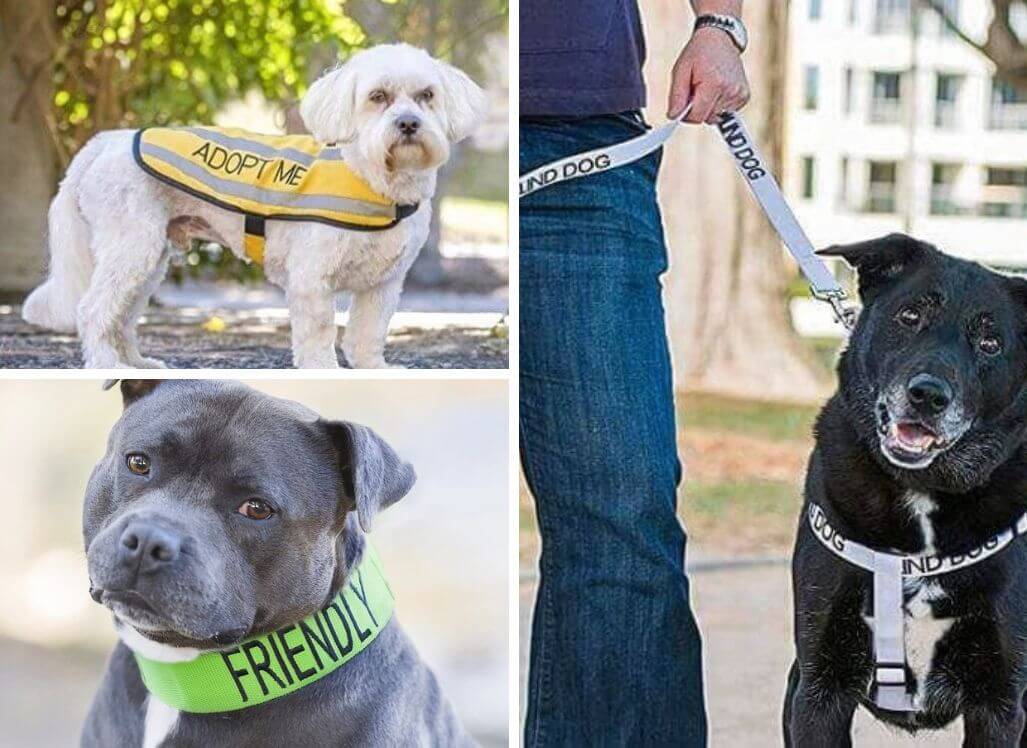Yes, of course, blind dogs can play with toys! Even though a blind dog may not be able to see the toy, their other senses are as sharp as ever which gives them the ability to still interact with and enjoy toys.
Blindness can be a challenging condition for dogs as they navigate the world around them. So it's natural for you to wonder if their lack of sight affects their ability to enjoy the same activities as their sighted counterparts. One such activity is playing with toys. As a pet parent, you might be curious about whether your furry pal, who has lost his vision, can still enjoy playing with toys.
The best way for a blind dog to engage in play is through the stimulation of other senses such as smell, sound, and touch. Marc Bekoff in an article titled "Why Blind Dogs Can Play Fetch, Find Toys, and Stay on Track" says that "new research shows a link between sight and smell in dogs' brains".
Smell is an incredibly powerful sense for dogs and they’ll be able to get a lot of information about their environment through scent alone. This means that simply bringing out a favorite toy or introducing something new will quickly make it appealing for your pup – even if he or she can’t see it at all!
Hearing plays an important role in playing time too. Some specialty toys have been designed specifically for auditory stimulation such as those that rattle gently within the frame when touched – helping your pet differentiate between different kinds of playthings without needing sight at all! Blind pups also take off running after sound-based commands like “fetch” just as any other canine would do – making them just as eager participants during these fun activities despite any vision problems!
Dogs also use touch extensively when playing with toys. Not only do they depend on this sense while exploring objects in simple ways like poking and prodding, but more complex games like fetch become profoundly enjoyable when a canine player is searching around with his nose or mouth using tactile cues instead of visual ones. Blind dogs learn to understand where balls and chew toys go by chasing after vibrations made by the rolling gym ball or squeaking noises coming from stuffed animals.
Conclusion
While blind dogs may face unique challenges when it comes to playing with toys, they are certainly capable of enjoying playtime just like any other dog. Whether they prefer toys with sound or scent or have a preference for certain textures or shapes, there are plenty of options available to keep blind dogs entertained and engaged.
It's important to keep in mind that each individual dog may have their own specific needs and preferences, so it's always a good idea to consult with a veterinarian or animal behaviorist for guidance on selecting toys and other enrichment activities. With the right support and care, blind dogs can lead happy and fulfilling lives filled with lots of fun and playtime.
You may also like














